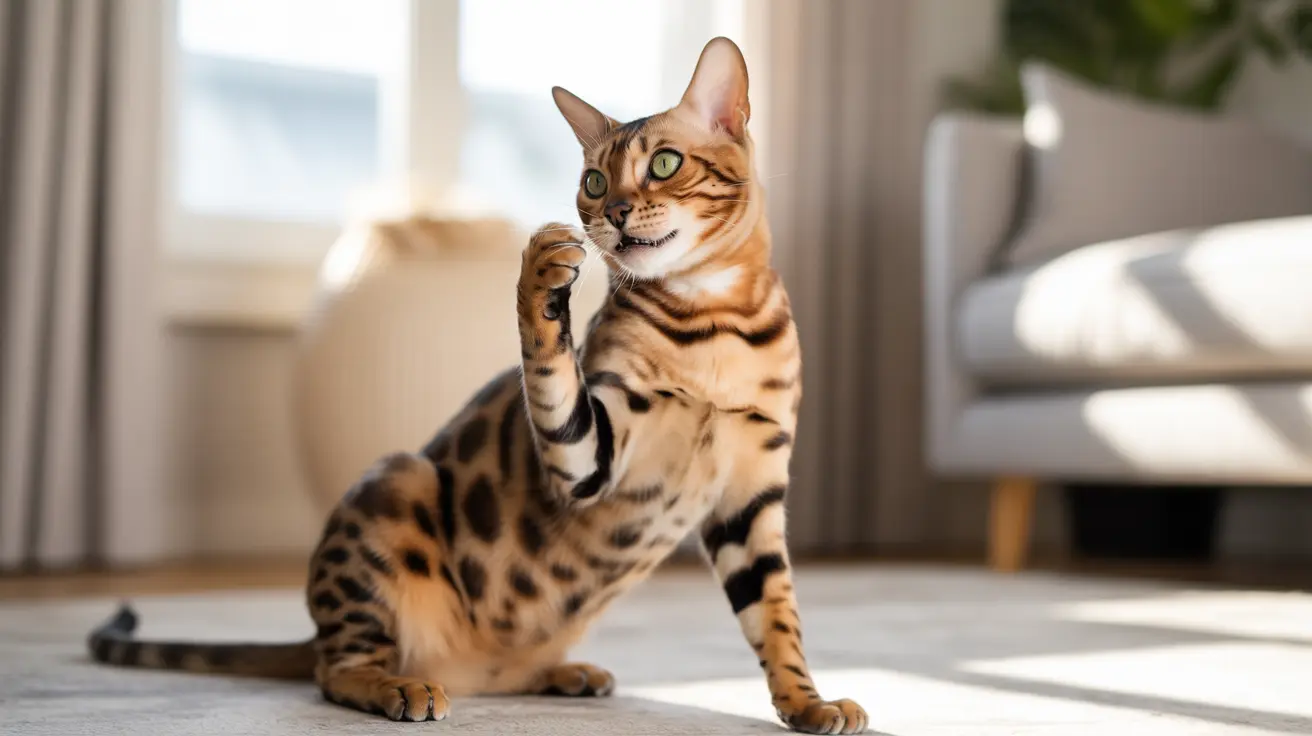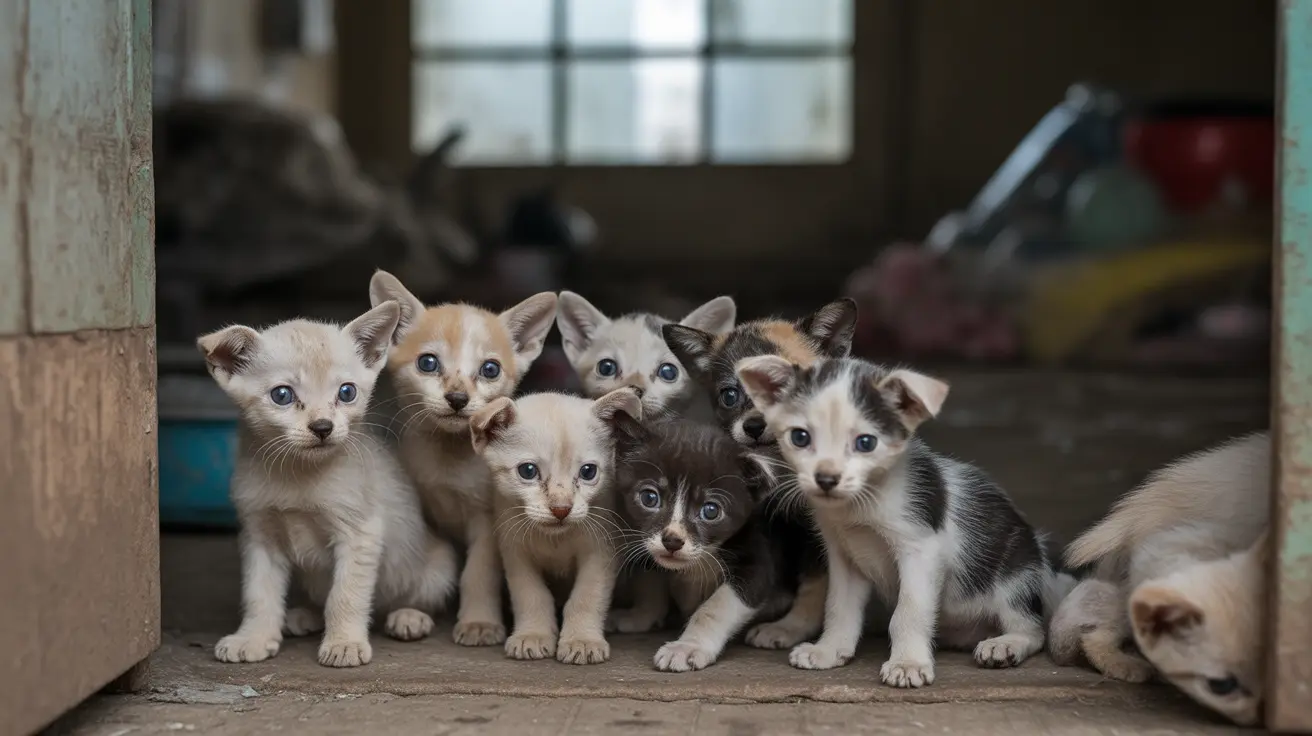If you've ever wondered why your feline friend gravitates towards your pillow, you're not alone. Cats and pillows seem to share a special bond, with many pet owners finding their cats curled up on pillows throughout the day and night. This behavior isn't just a random preference – it's deeply rooted in feline instincts, comfort needs, and emotional attachments.
Understanding why cats like pillows can provide fascinating insights into your pet's behavior and help strengthen your bond with them. Let's explore the scientific and behavioral reasons behind this common feline tendency.
The Comfort Connection: Why Cats Choose Pillows
Cats are naturally drawn to soft, warm surfaces, and pillows check all these boxes perfectly. The plush texture of pillows mimics the comfort they would seek in the wild, providing a cozy spot that supports their need for both physical comfort and security.
The elevated position that pillows provide also appeals to cats' natural instinct to seek vantage points. From a pillow, especially those on beds or couches, cats can maintain a subtle surveillance of their surroundings while remaining comfortable.
Temperature and Thermal Preferences
One of the primary reasons cats are attracted to pillows is their excellent heat-retention properties. Cats maintain a body temperature between 100.4°F and 102.5°F, significantly higher than humans. This makes them constant seekers of warm spots to maintain their optimal temperature.
Pillows, especially those recently used by humans, provide an ideal warm surface that helps cats conserve energy and stay cozy. This is particularly important given that cats spend up to 20 hours a day sleeping or resting.
The Scent Factor: Emotional Security
Cats have highly developed olfactory senses, and your pillow carries your distinct scent. This familiar smell provides them with emotional comfort and security. When your cat chooses to rest on your pillow, they're often seeking the reassurance that comes from being surrounded by your scent.
Additionally, cats mark their territory by depositing their own scent through facial rubbing and kneading. When they do this on pillows, they're creating a mixed scent profile that marks the space as both yours and theirs – a behavior that strengthens your bond.
Social Bonding Through Pillow Sharing
When cats choose to sleep on pillows, particularly those belonging to their owners, they're often engaging in social bonding behavior. The close proximity to where you rest your head is a sign of trust and affection, as cats typically only sleep in locations where they feel completely safe.
This behavior is especially meaningful considering that cats are generally territorial animals. Choosing to share a space so intimate as a pillow demonstrates a deep level of trust and attachment to their human companions.
Frequently Asked Questions
Why do cats like to sleep on pillows instead of their own beds?
Cats often prefer pillows over their beds because they combine warmth, elevation, and their owner's comforting scent. Additionally, pillows are usually located in social areas where cats can feel connected to their human family members while resting.
How does my cat's scent attachment to my pillow affect their behavior?
Your cat's scent attachment to your pillow creates a sense of security and belonging. This attachment can lead to increased comfort levels and may result in more frequent visits to your pillow, especially during times of stress or when seeking closeness.
Is it normal for cats to knead pillows, and what does this mean?
Yes, kneading pillows is completely normal behavior. This instinctive action stems from kittenhood when cats would knead their mother's belly to stimulate milk production. When adult cats knead pillows, it's often a sign of contentment and comfort.
Can sharing my pillow with my cat cause any hygiene issues?
While sharing pillows with cats can introduce dirt, allergens, or hair, these issues can be managed through regular cleaning and pillow case changes. If you have allergies or concerns, consider providing your cat with their own designated pillow nearby.
How can I encourage my cat to stop sleeping on my pillow if I prefer not to share it?
To redirect your cat from your pillow, provide alternative comfortable spots nearby with similar qualities: elevated, soft, and warm. Consider placing a cat bed or dedicated pillow next to yours, possibly with an item carrying your scent to make it more appealing.
Conclusion
Whether your cat is drawn to pillows for warmth, comfort, or emotional security, this behavior represents a beautiful aspect of the human-feline bond. Understanding and respecting these natural inclinations can help create a more harmonious living environment for both you and your feline companion.






